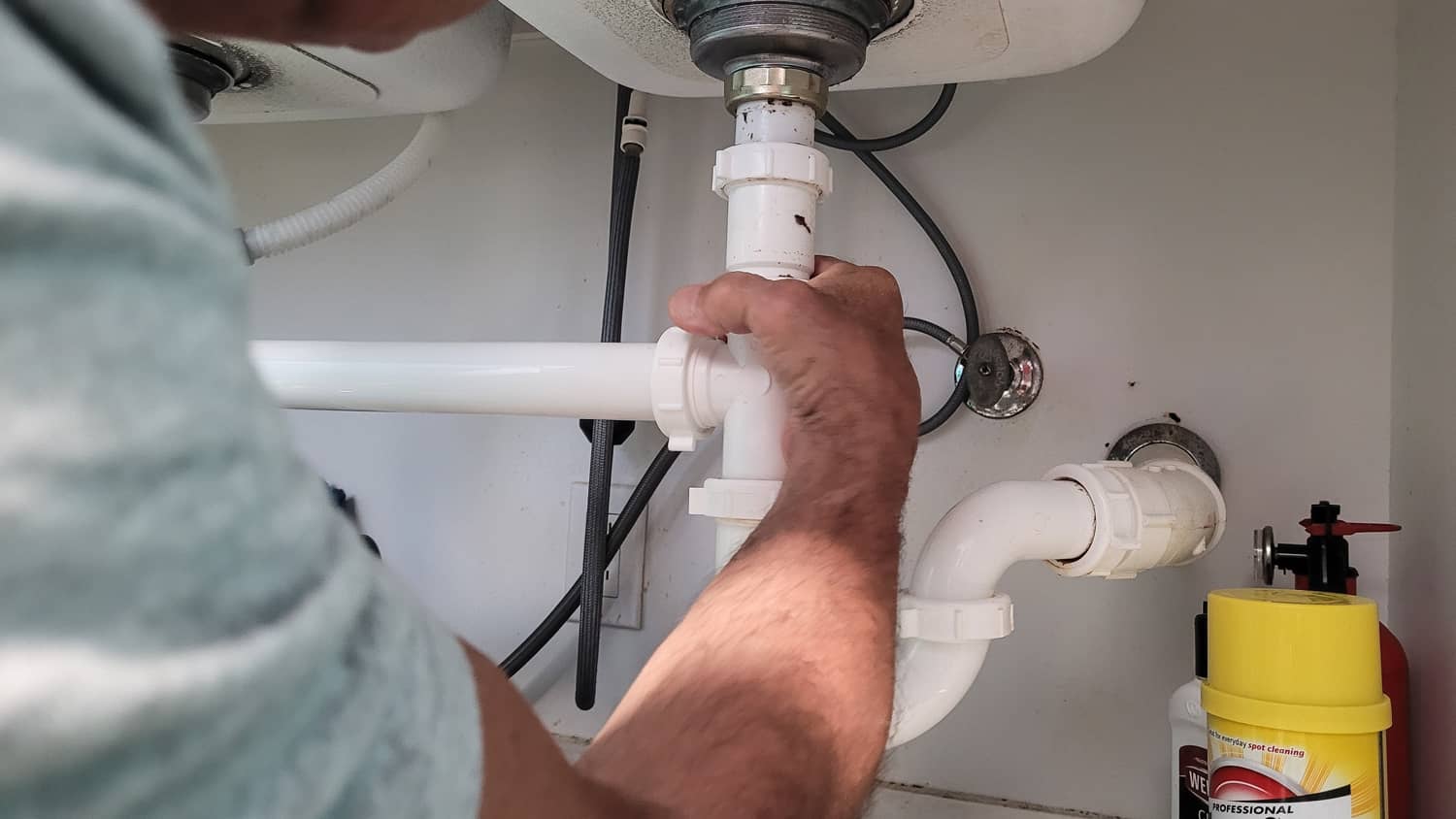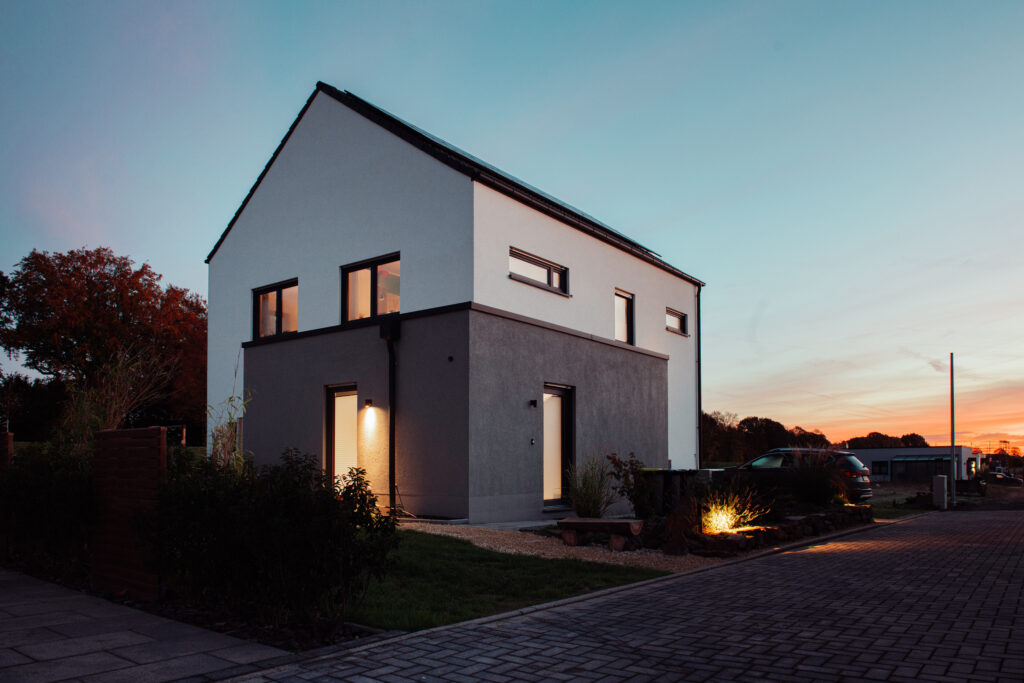Choosing the right hot vs cold water pipe layout is essential for any homeowner or real estate developer. Whether you’re building a new home or renovating an older property, understanding the intricacies of plumbing systems can save you time, money, and future headaches. It’s not just about connecting pipes; it’s about ensuring a safe and efficient water flow throughout your home.

Understanding the Basics
Plumbing systems are categorized into two main types: hot water pipes and cold water pipes. The distinction is crucial, as each type has its specific use and installation requirements. Properly distinguishing and installing these pipes ensures your home functions efficiently and safely.
What are Hot Water Pipes?
Hot water pipes transport heated water from your water heater to various fixtures in your home. These pipes must withstand higher temperatures and pressure, making material choice critical. Understanding plumbing installation is vital for effective hot water pipe layout.
What are Cold Water Pipes?
Cold water pipes carry water from municipal supplies or wells into your home. Unlike hot water pipes, they don’t need to withstand high temperatures. However, they must be resistant to corrosion and freezing, particularly in colder climates. Cold water pipes are essential for everyday activities such as drinking, bathing, and cooking.
Materials Used in Water Pipes
The choice of material for your water pipes affects durability, efficiency, and cost. Common materials include copper, PVC, and PEX. Each material has its pros and cons, influencing your decision based on your specific needs and local building codes.
Copper Pipes
Copper pipes have been a popular choice for decades due to their durability and reliability. They are resistant to corrosion and can handle high temperatures, making them ideal for hot water pipes. However, copper is more expensive than other materials.
PVC Pipes
PVC pipes are a cost-effective option for cold water pipes. They are easy to install and resistant to corrosion. However, they are not suitable for hot water applications due to their inability to withstand high temperatures.
PEX Pipes
PEX pipes are gaining popularity due to their flexibility and resistance to both high temperatures and corrosion. They can be used for both hot and cold water pipes and are easier to install than copper.
Designing a Water Pipe Layout
Designing a water pipe layout involves careful planning and consideration of several factors, including the size of your home, the number of water fixtures, and local building codes. A well-designed layout ensures efficient water flow and minimizes the risk of leaks and other plumbing issues.
Factors to Consider
When designing your water pipe layout, you need to consider the location of your water heater, the number of bathrooms and kitchens, and the distance between your water source and fixtures. Proper planning can prevent issues such as low water pressure and uneven heating.
Professional Installation
While some homeowners may attempt DIY plumbing, hiring a professional plumber ensures the job is done correctly and up to code. A professional can also provide valuable advice on the best materials and design for your specific needs. For more insights, check out tips on plumbing planning for new homes.
Common Challenges and Solutions
Plumbing systems can present various challenges, from leaks and corrosion to freezing pipes. Understanding these issues and their solutions can help you maintain an efficient and safe plumbing system.
Preventing Leaks
Leaks are a common issue in plumbing systems. Regular inspections and maintenance can prevent leaks, saving you money and avoiding water damage. Using high-quality materials and ensuring proper installation are key to leak prevention.
Dealing with Frozen Pipes
In colder climates, frozen pipes can be a significant issue. Insulating your pipes and ensuring proper installation can prevent freezing. If a pipe does freeze, taking immediate action can prevent further damage.
Maintaining Your Plumbing System
Regular maintenance is crucial for keeping your plumbing system in good working order. Routine inspections, cleaning, and repairs can extend the lifespan of your pipes and prevent costly issues.
Regular Inspections
Conducting regular inspections can help you identify potential issues before they become major problems. Look for signs of wear and tear, corrosion, and leaks. Addressing these issues early can save you money and prevent water damage.
Cleaning and Repairs
Keeping your pipes clean and in good repair is essential for maintaining an efficient plumbing system. Regular cleaning can prevent buildup that leads to clogs and corrosion. Prompt repairs can prevent minor issues from becoming major problems.
Choosing the Right Professional
When it comes to installing or maintaining your plumbing system, choosing the right professional is crucial. Look for a licensed and experienced plumber who can provide quality work and excellent customer service.
Checking Credentials
Ensure your plumber is licensed and insured. A qualified professional will have the necessary training and experience to handle your plumbing needs. Don’t be afraid to ask for references and check reviews before making your decision.
Getting Multiple Quotes
Before hiring a plumber, get multiple quotes to ensure you’re getting a fair price. Remember that the cheapest option isn’t always the best. Consider the plumber’s experience, reputation, and the quality of materials they use.

FAQ
What is the difference between hot and cold water pipes?
Hot water pipes carry heated water from your water heater to various fixtures, while cold water pipes transport water from municipal supplies or wells into your home.
What materials are best for water pipes?
Copper, PVC, and PEX are common materials used for water pipes. Each has its pros and cons, so choose based on your specific needs and local building codes.
How can I prevent leaks in my plumbing system?
Regular inspections and maintenance, using high-quality materials, and ensuring proper installation can help prevent leaks in your plumbing system.
For more details on plumbing systems, you can visit water supply lines for new home and whole house filtration system installation.
This article contains affiliate links. We may earn a commission at no extra cost to you.




